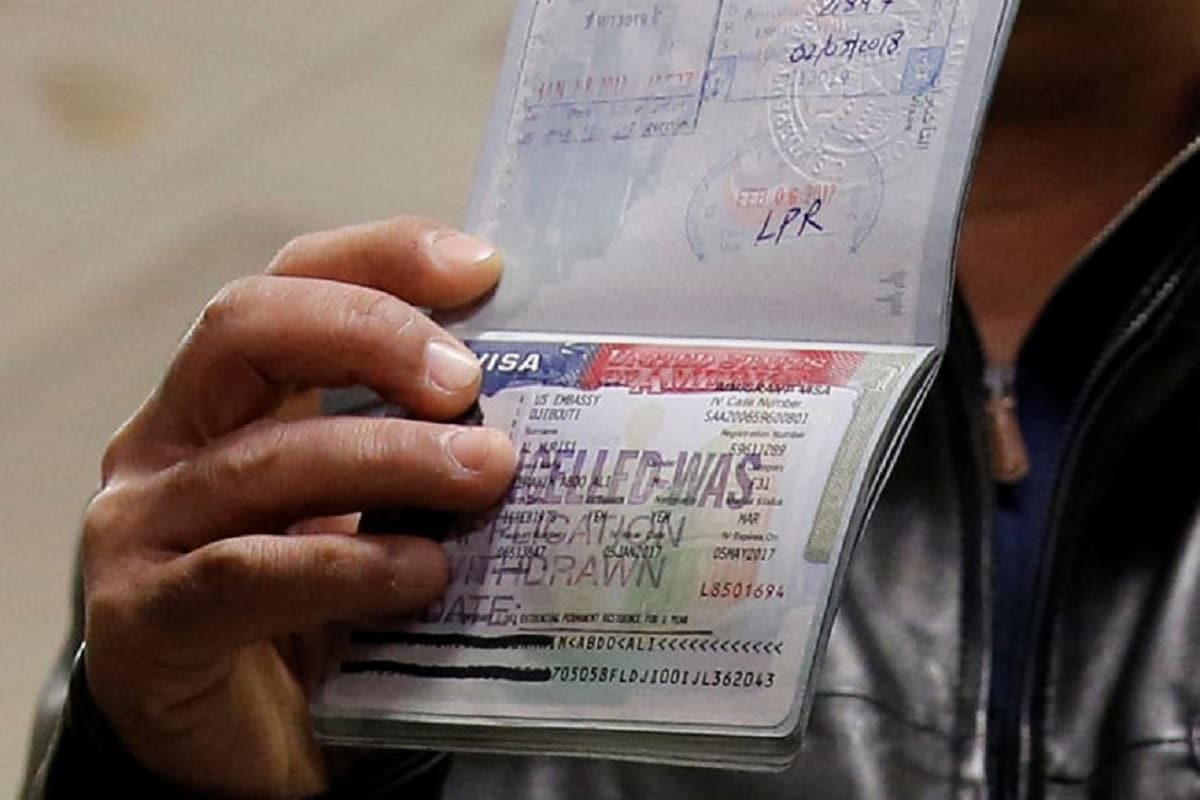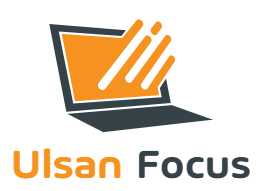Indian Companies, Students Set to Lose Out With Higher Wage System

Even as he faces the prospect of being impeached for the second time, US President Donald Trump has dealt another blow to H1-B aspirants as his administration furthered his protectionist agenda by replacing the current randomised lottery system for selection with a newer system that will prioritise wages.
The final wages rules, announced by the US department of labour (DOL) late on Tuesday night, ensure that the H-1B regime will give priority to higher wages and skills in issuing visas and also increases the mandated wages for those working in US on H-1B visas or holding employment-based green cards.
This is designed to protect American workers from cheaper, foreign labour, but it holds the potential to have a major impact on Indian H-1B visa holders and aspirants, including students, given that they are one of the biggest beneficiaries of the visa.
What is the new wage-based H-1B work visa regime?
According to the new wage rules, priority in the selection of visas will be given to applications of those employers where the “proffered wage equals or exceeds” the prevailing level in that area of employment, , reported the Associated Press.
The said wage will be the amount that the employer intends to pay the beneficiary. This will be done for both the 65,000 regular visas and the 20,000 advanced degree exemption visas.
How It Will Work?
The US department of labour uses ‘occupational employment statistics’ (OES) data to determine prevailing wages, or average wage paid to employees in a particular occupation and area, in a wide variety of occupations. This prevailing wage is subdivided into four tiers based on entry level to experienced level.
The new rules mandate that H-1B workers at the lowest wage level must receive at least the 35th percentile of the prevailing wage for their job type and location, an increase from the 17th percentile earlier. Workers at the highest wage level must receive the 90th percentile.
The US Department of Labor said the existing required wage levels had been in place for 20 years. “The US Department of Labor is taking these steps to strengthen wage protections, address abuses in visa programs, and protect American workers from being undercut by cheaper foreign labour,” Labor Secretary Eugene Scalia said in a statement.
What Will be the Impact on Indian Students, Companies?
Effect on Students: Foreign students, fresh graduates and those with a couple of years of experience, many of whom are Indians, stand to be the biggest losers. There are about 2 lakh Indian students in the US, one of the largest groups of foreign students. In wage-based selection, employees, mostly senior executives that have higher salaries, have better chances of getting their petitions selected. This will leave out freshers whose salaries will not make them eligible for petitions.
Universities have expressed concern as these changes will have a detrimental effect on the attractiveness of a US education for foreign students, as it will lead to uncertainty on they being able to work in the US for at least some time after graduation.
Effect on Companies: The bottom line of HCL America and other such staffing and outsourcing companies will also be hit as they will have to raise wages for most H-1B workers.
In the case of HCL, the company paid more than 20 per cent of the prevailing wage to 29 per cent of its workers who received H1-B worker visas in the fourth quarter of fiscal year 2020, US government data showed, reported Mercury News. For Infosys and Wipro, only 1 per cent of approvals were over that level, while at outsourcer Cognizant, there were none out of 8,545 approvals.
When Will the Rules Come Into Effect?
The new rules will be published in the federal register on January 14, and the new rules will be made effective from March 9, 2021. If registration for the FY2021 cap season is set to open on March 1 like the last year, then the new rules cannot be implemented. However, the USCIS could announce a delay in the registration process.
Though the rule will take effect from March, its impact will not be immediate and the process will be staggered.
The DOL will gradually introduce the new wages over a period of a year and a half, with the first increase set to take place on July 1, 2021, Cyrus Mehta, founder of an immigration law firm, told the Times of India. For H-1B workers who were beneficiaries of approved I-140 applications (for green cards) as of October 8, 2021 and are caught in the backlogs, the phase-in period for the increased wages is extended over a three and a half year period, the newspaper reported.
Will Joe Biden’s Administration Continue This Policy?
Immigration experts say the chances of the rule getting implemented immediately are dim as the new government can delay rules that are not in effect by January 20, the day Joe Biden will be sworn in as the new US President.
Biden has said the immigration reforms would be one of the key focus areas of his government. In a recent media interaction, Biden said he would introduce an immigration bill immediately after taking office. This could include reversing many of Trump’s executive orders and policies that have hit skilled immigrant workers.
The new rules can also be challenged in courts, which has been the case with the previous two changes. H-1B wage hikes and tightening of H-1B rules were previously blocked by US courts.

“평생 사상가. 웹 광신자. 좀비 중독자. 커뮤니케이터. 창조자. 프리랜서 여행 애호가.”
